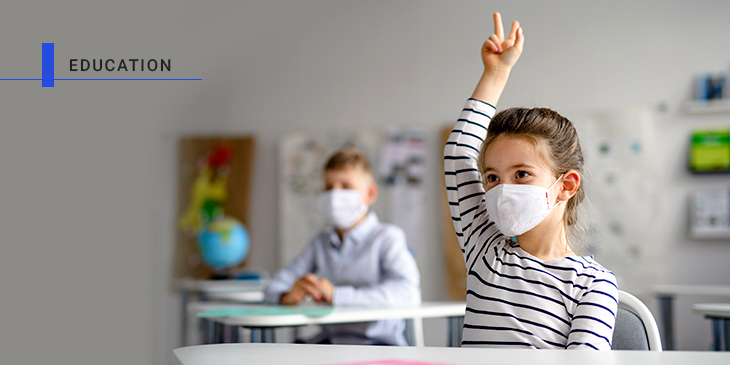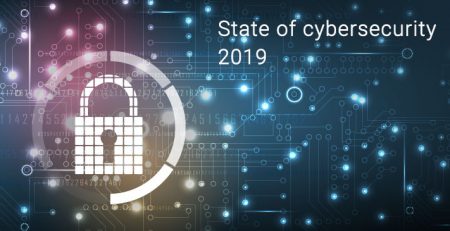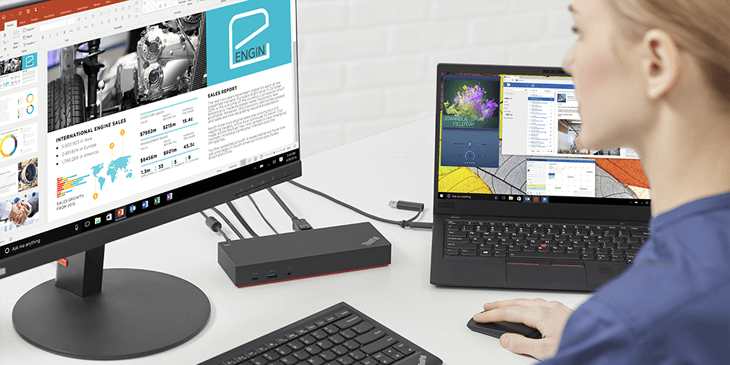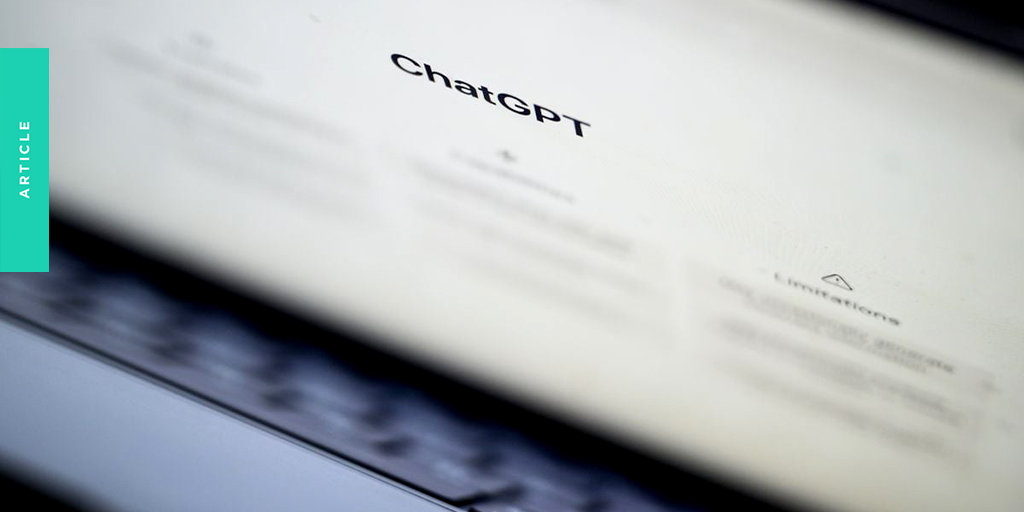Top tech trends in back to school safety
Back to school usually comes with some nerves. But this year, learning in the time of COVID has many feeling outright fearful.
The enormous task of how to welcome students back safely has left schools scrambling. Many are staggering schedules, shrinking class sizes, keeping windows open for increased air circulation, restricting books and computers to individual students, cleaning public spaces including buses, scheduling regular hand washing and requiring everyone to wear masks.
Others are supplementing these analog suggestions and taking a high-tech approach to prevention.
From smart IDs to tech-enhanced cleaning tactics, here’s a look at how campuses are deploying technology to help stop the spread this school year.
Tech to monitor movement
Beacons and Bluetooth technology are helping automate the process of supervising movement within a school.
Smartphones are a seamless way for some forms of tracking to take place. However, younger children can still utilize smart devices even if they’re too young to carry a phone. Whether inserted into wearable technology like wristbands or added to smart student IDs, Bluetooth-enabled devices make it easy to see where folks are going, and more importantly, where they’ve been.
Younger children can still utilize smart devices even if they’re too young to carry a phone.
Paired with beacons and special software, it’s like having a hall monitor who can keep a diary of everyone’s attendance and interactions in a given day. The data transmitted can then help administrators enforce safety guidelines and trace potential exposure.
Tech to encourage social distance
Having an electronic beacon or Bluetooth device on one’s person allows smart devices to help monitor whether students are observing social distance guidelines. Since the technology can pinpoint a person’s location within a few feet, it’s a precise way to determine when to take some space.
Ford was one of the first to adopt vibrating wristbands to help its employees observe safe distances. Now students are using it for the same purpose.
Backed by the use of Bluetooth technology, badge tracking works similarly. Using student ID cards that flash when someone is standing too close, students are encouraged to stay mindful of proximity.
These tech solutions are helping enforce a safe six feet.
There are also reports of cell phone apps that alert users to how far apart they are from other people in their vicinity – though most of these are still in development.
The point is, teachers can’t be the sole monitors. These tech solutions are helping enforce a safe six feet.
Tech to trace outbreaks
Contact tracing has proven effective in countries like Korea, who have used the method to successfully contain outbreaks. By backtracking where an infected person has been, others who were potentially exposed can be tested or quarantined as needed.
Right now all eyes are on The University of Arizona, who is making headway on an “exposure alert” app to help with contact tracing for its students. Bluetooth signals in a user’s smartphone will send a message if the student has been in close proximity to a COVID-positive patient in the past 14 days.
Bluetooth signals in a user’s smartphone will send a message if the student has been in close proximity to a COVID-positive patient in the past 14 days.
And while these and other tracking methods have raised some concerns over privacy, a recent Johns Hopkins University study revealed that 60% of respondents said they would be willing to install a contact-tracking app if they could anonymously share a positive COVID-19 test result.
Tech to minimize exposure
Keeping schools clean and minimizing exposure to symptomatic students is critical for curtailing this virus. Tech is leading the charge on both.
Some schools are taking a page from the New York subway lines and installing UV lights into their HVAC systems. Studies show these UV rays have the potential to kill off dangerous airborne viruses and bacteria. Others are using robotic Legos as a contactless means of sanitizing their hands.
On the symptom side, automated temperature checks may become the norm. Thermal infrared cameras that scan students as they enter the building and wearable bracelets that log body temps in a monitored app have already been implemented in schools across the globe.
Though the methodologies may be different, technology is taking no chances as students head back to school. Using automation and tangible data, these smart devices and deployments are doing everything they can to vanquish this virus from the schoolyard.
Content created and provided by ONEAFFINITI.












